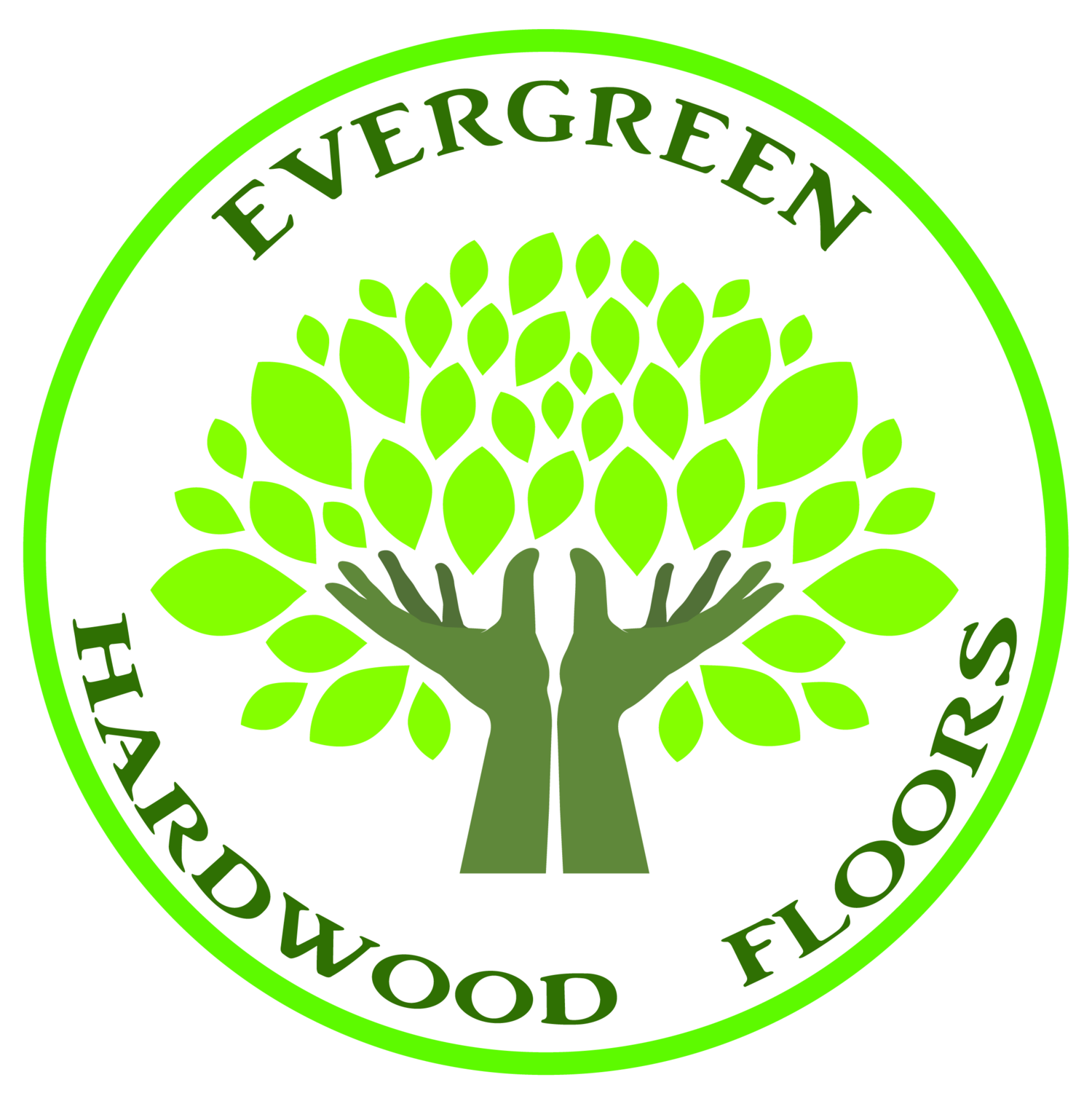Although hardwood flooring dates back as far as the 1600s Baroque period, it wasn’t until the late 19th-century Victorian period that the first “finished” hardwood floors began to appear. These finished hardwood floors initially were used in public kitchens and bathrooms, as they were considered easier to clean and “healthier” than unfinished planks that were in widespread use at the time.
Prefinished hardwood floors, like many other modern products, were initially a byproduct of World War II military production. Lumber mills in the United States were making boats for the Navy from oak plywood and were looking for an outlet for their scraps. The scraps were cut into either 9” x 9” or 12” x 12” blocks and finished with a protective wax coating. These blocks were installed in houses, and the first factory-finished, engineered wood flooring was born.
After World War II, more companies began manufacturing prefinished floors. Polyurethane appeared in the market for the first time in the late 1950s. With that, the prefinished flooring market started a period of popularity and technological advancement that continues today.
As time passes, prefinished floors just kept developing. The 1960s introduced stronger floors, the 1970s saw the rise of factory-finished parquet flooring, and the 1980s introduce UV-cured urethanes. During the late 1980s and into the 1990s, regulations were getting tighter regarding solvent-based materials and VOC emissions. The environmental movement was growing stronger, and finish manufacturers were developing technology to bring waterborne products to market to replace their solvent-based counterparts. Consumers began to demand improved durability in the late 1990s, and the first finishes with sealer coats containing aluminum oxide were introduced.
The 2000s saw more emphasis placed on durability, as well as more environmentally friendly products. Low VOC materials became a major driver in the market, and still are driving the finishing industry today. Today, UV-cured products continue to be the dominating technology for finishing factory-applied finishes. One can expect UV technology to continue this market dominance in the foreseeable future due to highly effective finishing processes, low/zero VOC emissions, and outstanding durability.


